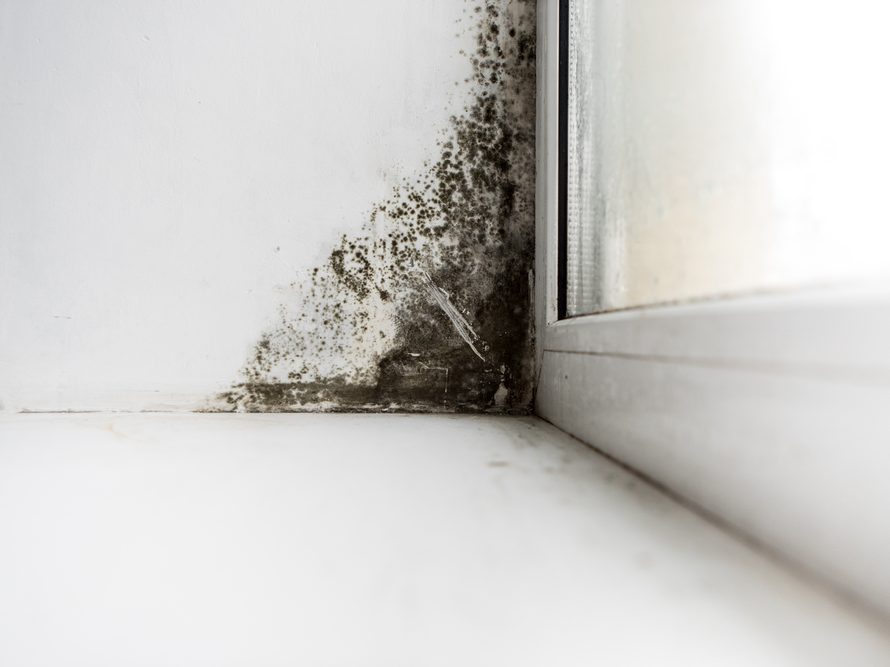Specialist Tips for Article Mold Removal Success
In the world of mold removal, efficiently eliminating mold is just half the battle; the real difficulty lies in avoiding its reappearance. By sticking to skilled ideas and ideal methods, people can guard their areas against mold and mildew resurgence and keep a healthy indoor atmosphere.
Display Moisture Degrees Frequently
After completing mold and mildew removal treatments, keeping optimum moisture levels is crucial to prevent mold and mildew re-growth and make sure a healthy and balanced interior atmosphere. High humidity levels above 60% create a favorable setting for mold and mildew to flourish, making normal monitoring an aggressive procedure to protect against any future mold and mildew concerns.
Using hygrometers or moisture meters can help in properly measuring moisture levels in various areas of the building. These devices give real-time data that allows remediation experts to make enlightened choices concerning air flow, dehumidification, and other essential actions to maintain excellent moisture degrees post-remediation. Furthermore, developing a routine timetable for moisture checks, particularly in high-risk locations such as basements, kitchens, and restrooms, is a proactive strategy to mold and mildew prevention. By regularly monitoring moisture levels, residential property owners can properly minimize the threat of mold and mildew reoccurrence and maintain a healthy and balanced indoor atmosphere post-remediation.
Conduct Thorough Inspections Post-Remediation
Adhering to the conclusion of mold and mildew removal treatments, it is crucial to perform extensive inspections to validate the performance of the remediation procedure. These post-remediation evaluations are crucial in making sure that the mold and mildew concern has been successfully dealt with which there is no recurrence or continuing to be mold and mildew growth. Inspections should be executed by certified experts that have competence in recognizing mold and examining interior air top quality.
During these examinations, various methods such as visual assessments, air sampling, and surface area sampling may be employed to completely examine the remediated locations. Visual evaluations include an in-depth inspection of the premises to look for any type of noticeable indicators of mold and mildew development or water damage. Air tasting aids in identifying the airborne mold spore degrees, while surface area tasting can detect mold and mildew fragments on surfaces.
Implement Proper Ventilation Strategies
After making certain the performance of the mold and mildew removal process via complete assessments, the following vital action is to concentrate on implementing correct air flow approaches. Ample air flow is vital in stopping mold and mildew reoccurrence by managing moisture degrees and advertising air flow. To accomplish this, it is recommended to make use of exhaust followers in areas prone to high moisture, such as find cooking areas and restrooms. Additionally, opening up doors and home windows when weather condition allows can assist enhance airflow and lower moisture buildup. Air cleansers and dehumidifiers are also valuable devices in maintaining ideal indoor air top quality.
Correct air flow not just help in stopping mold development however likewise contributes to the overall health and wellness and convenience of passengers. By making certain ample ventilation throughout the home, you can minimize the danger of mold and mildew regrowth and create a much healthier living setting.

Use Mold-Resistant Products for Repairs
To boost the long-lasting effectiveness of mold remediation initiatives, including mold-resistant materials for repair services is important in mitigating the threat of future mold and mildew growth. Mold-resistant materials are created to endure dampness recommended you read and prevent mold and mildew development, making them a crucial option for locations susceptible to dampness and moisture. When repairing locations impacted by mold, utilizing products such as mold-resistant drywall, mold-resistant paints, and mold-resistant caulking can help avoid mold and mildew reappearance.
Mold-resistant drywall is an excellent option to typical drywall in locations like shower rooms and basements where dampness levels are greater. When subjected to damp problems, this type of drywall has an unique covering that withstands mold and mildew development even. In addition, making use of mold-resistant paints consisting of antimicrobial agents can additionally hinder mold and mildew development on ceilings and walls.
In locations where dampness is common, such as shower rooms and kitchens, utilizing mold-resistant caulking around windows, bathtubs, and sinks can help seal out water and avoid mold from holding in splits and gaps. By purchasing these mold-resistant products throughout repair services post-remediation, you can significantly minimize the probability of future mold and mildew problems and preserve a healthier indoor environment.
Maintain Cleanliness and Address Water Issues
After mold and mildew removal, it is essential to preserve a clean setting to protect against the regrowth of mold and mildew. Leakages, water intrusion, or high moisture levels can produce the excellent breeding ground for mold, so it is crucial to repair any type of water-related problems right away.
To preserve sanitation, think about using HEPA filters in vacuums and air purifiers to catch mold spores and avoid their flow in the air. Ensuring correct ventilation in areas prone to moisture accumulation, such as cooking areas and shower rooms, can help maintain humidity degrees in check. By staying cautious concerning tidiness and resolving water issues without delay, you can properly avoid mold and mildew reinfestation and maintain a healthy and balanced interior setting.
Conclusion

In the realm of mold remediation, successfully removing mold and mildew is only half the fight; the real difficulty exists in preventing its reappearance. After finishing mold removal procedures, preserving optimum moisture levels is vital to avoid mold and mildew re-growth and make sure a healthy indoor environment. High moisture levels above 60% create a helpful atmosphere for mold and mildew to thrive, making regular keeping an eye on a positive measure to prevent any type of future mold and mildew concerns.
To enhance the long-term efficiency of mold and mildew remediation efforts, incorporating mold-resistant materials for repair services is critical in minimizing the threat of future mold and mildew growth. After mold and mildew remediation, it is vital to maintain a tidy environment to stop the regrowth of mold and mildew.